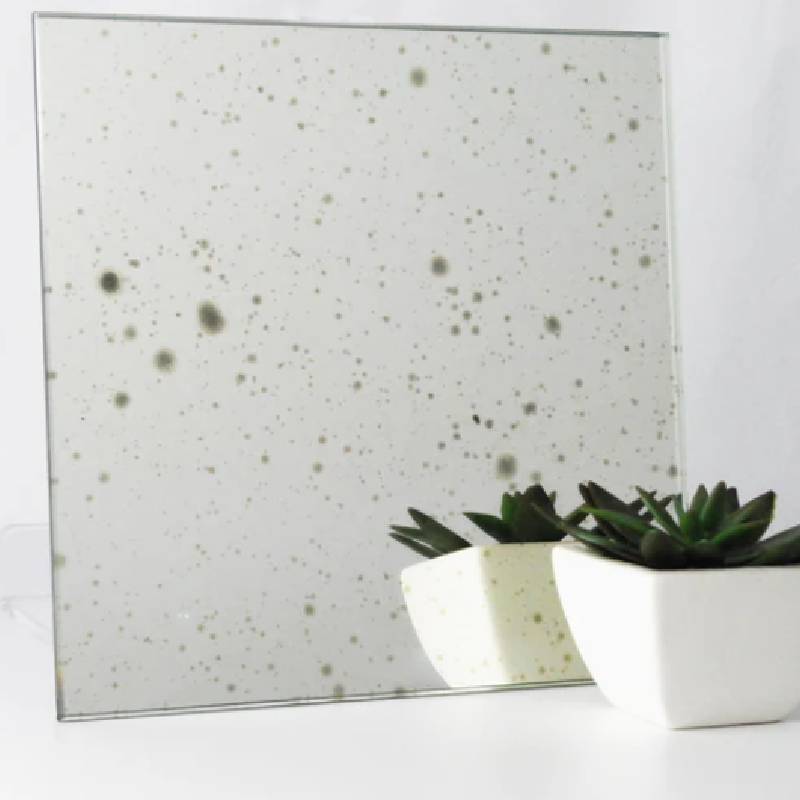The Evolution of Architectural Glass Manufacturers
Architectural glass has undergone a remarkable transformation over the years, establishing itself as a pivotal element in modern architecture. As cities become more urbanized and an emphasis on sustainable design increases, the role of architectural glass manufacturers has expanded significantly. This article explores the evolution of architectural glass manufacturing, its impact on modern architecture, and the future trends shaping the industry.
The Historical Context
The use of glass in architecture dates back thousands of years, with early examples found in Roman and Byzantine structures. However, it wasn't until the 19th century, with the advent of industrial manufacturing techniques, that glass began to be mass-produced. The invention of the plate-glass process allowed for larger, flatter panes of glass that could be effectively used in buildings.
Architectural glass manufacturers played a crucial role during this period of industrialization. They introduced new types of glass, such as reinforced glass and decorative glass, that provided both functional and aesthetic benefits. Notable structures, like the Crystal Palace in London, showcased the potential of glass as a primary building material, paving the way for modern architectural design.
The Role of Architectural Glass Manufacturers today
In contemporary architecture, glass is not merely a utilitarian material; it is a design element that creates a dialogue between the interior and the exterior of buildings. Architectural glass manufacturers have responded to the growing demand for innovative products that meet both aesthetic and functional needs.
1. Energy Efficiency One of the most significant advances in architectural glass is the development of energy-efficient glazing. Manufacturers now produce low-emissivity (low-E) glass that reflects heat while allowing natural light to enter. These advancements contribute significantly to reducing energy consumption in buildings, which is essential in addressing climate change.
2. Safety and Security Safety is a top priority in architectural design. Architectural glass manufacturers have developed tempered and laminated glass products that enhance durability and resistance to breakage. These innovations ensure that glass structures can withstand various environmental stresses, including extreme weather and potential impacts, providing added security for occupants.
3. Smart Glass Technology The introduction of smart glass has revolutionized how we think about architectural glass. This technology allows glass to change its properties in response to environmental conditions, such as temperature and light. Smart glass can tint automatically to reduce glare and heat, enhancing comfort and energy efficiency. Manufacturers are increasingly implementing this technology into commercial and residential projects.
architectural glass manufacturer
4. Sustainability With an increasing focus on sustainability, glass manufacturers are exploring new materials and processes to reduce their ecological footprint. Recycled glass is being used more frequently, and manufacturers are striving to minimize waste during production. Additionally, the introduction of biosourced or bioclimatic products represents a significant step towards greener construction practices.
Challenges Facing the Industry
Despite these advancements, architectural glass manufacturers face several challenges. The ever-changing demands of architects, builders, and consumers require manufacturers to remain agile and innovative. Additionally, external factors such as fluctuating raw material prices and trade regulations can impact production costs and availability.
Moreover, as cities continue to grow, the need for high-rise buildings increases, which calls for larger and more complex glass installations. This trend poses both engineering and logistical challenges, as manufacturers must ensure that their products can withstand the rigors of urban environments.
Future Trends
Looking ahead, the relationship between architectural glass manufacturers and the construction industry will only grow stronger. Key trends anticipated in the coming years include
- Integration of Technology As building design becomes more reliant on technology, the demand for high-performance glass that incorporates media, displays, and sensors is expected to increase.
- Customization and Personalization Consumers are becoming more discerning, leading to a greater demand for customization in architectural glass products. Manufacturers will likely invest in technologies that enable tailored solutions for individual projects.
- Focus on Well-being There is a growing recognition of the importance of natural light on human well-being. Future glass designs will likely focus on enhancing daylighting while minimizing glare and heat.
In conclusion, architectural glass manufacturers play a vital role in shaping modern architecture. As they continue to innovate and adapt to new challenges, the industry is poised for exciting developments that will redefine the boundaries of design and functionality. True to its legacy, architectural glass will remain a crucial element of the built environment, embodying the aspirations of both architects and inhabitants alike.
 Afrikaans
Afrikaans  Albanian
Albanian  Amharic
Amharic  Arabic
Arabic  Armenian
Armenian  Azerbaijani
Azerbaijani  Basque
Basque  Belarusian
Belarusian  Bengali
Bengali  Bosnian
Bosnian  Bulgarian
Bulgarian  Catalan
Catalan  Cebuano
Cebuano  Corsican
Corsican  Croatian
Croatian  Czech
Czech  Danish
Danish  Dutch
Dutch  English
English  Esperanto
Esperanto  Estonian
Estonian  Finnish
Finnish  French
French  Frisian
Frisian  Galician
Galician  Georgian
Georgian  German
German  Greek
Greek  Gujarati
Gujarati  Haitian Creole
Haitian Creole  hausa
hausa  hawaiian
hawaiian  Hebrew
Hebrew  Hindi
Hindi  Miao
Miao  Hungarian
Hungarian  Icelandic
Icelandic  igbo
igbo  Indonesian
Indonesian  irish
irish  Italian
Italian  Japanese
Japanese  Javanese
Javanese  Kannada
Kannada  kazakh
kazakh  Khmer
Khmer  Rwandese
Rwandese  Korean
Korean  Kurdish
Kurdish  Kyrgyz
Kyrgyz  Lao
Lao  Latin
Latin  Latvian
Latvian  Lithuanian
Lithuanian  Luxembourgish
Luxembourgish  Macedonian
Macedonian  Malgashi
Malgashi  Malay
Malay  Malayalam
Malayalam  Maltese
Maltese  Maori
Maori  Marathi
Marathi  Mongolian
Mongolian  Myanmar
Myanmar  Nepali
Nepali  Norwegian
Norwegian  Norwegian
Norwegian  Occitan
Occitan  Pashto
Pashto  Persian
Persian  Polish
Polish  Portuguese
Portuguese  Punjabi
Punjabi  Romanian
Romanian  Russian
Russian  Samoan
Samoan  Scottish Gaelic
Scottish Gaelic  Serbian
Serbian  Sesotho
Sesotho  Shona
Shona  Sindhi
Sindhi  Sinhala
Sinhala  Slovak
Slovak  Slovenian
Slovenian  Somali
Somali  Spanish
Spanish  Sundanese
Sundanese  Swahili
Swahili  Swedish
Swedish  Tagalog
Tagalog  Tajik
Tajik  Tamil
Tamil  Tatar
Tatar  Telugu
Telugu  Thai
Thai  Turkish
Turkish  Turkmen
Turkmen  Ukrainian
Ukrainian  Urdu
Urdu  Uighur
Uighur  Uzbek
Uzbek  Vietnamese
Vietnamese  Welsh
Welsh  Bantu
Bantu  Yiddish
Yiddish  Yoruba
Yoruba  Zulu
Zulu 

